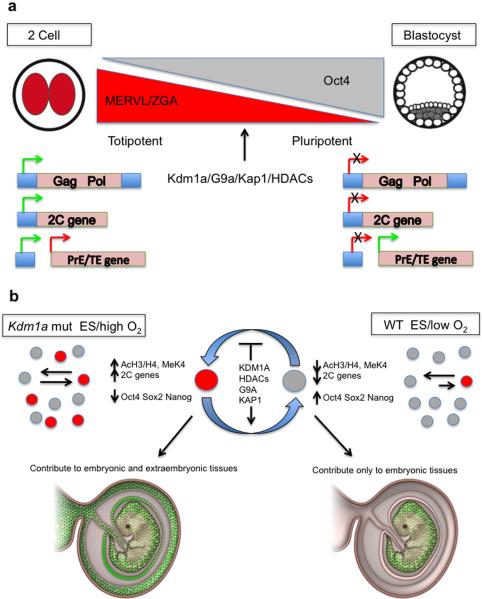Figure 5. Model of the role of the MERVL-LTR linked 2C gene network in regulating embryonic potency.
a, During zygote genome activation, a network of genes that utilize MERVL-LTRs as promoters are activated. This stage correlates with a period where blastomeres are totipotent. As development progresses, the MERVL-LTR linked 2C gene network is silenced by chromatin repressors as the ICM segregates from the TE and PrE. b, During the derivation of ES cells from blastocysts, a rare transient population of cells marked by the 2C::tomato reporter express high levels of 2C genes and low levels of pluripotency markers. In mouse chimera assays, these cells contribute to embryonic and extraembryonic tissues (shown in green). Increasing the oxidative tension of ES cultures or deletion/inhibition of repressive histone modifying enzymes alters the equilibrium between the 2C and ES states.

